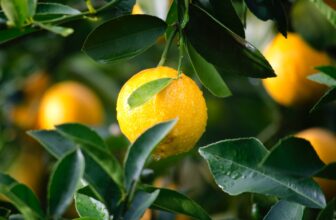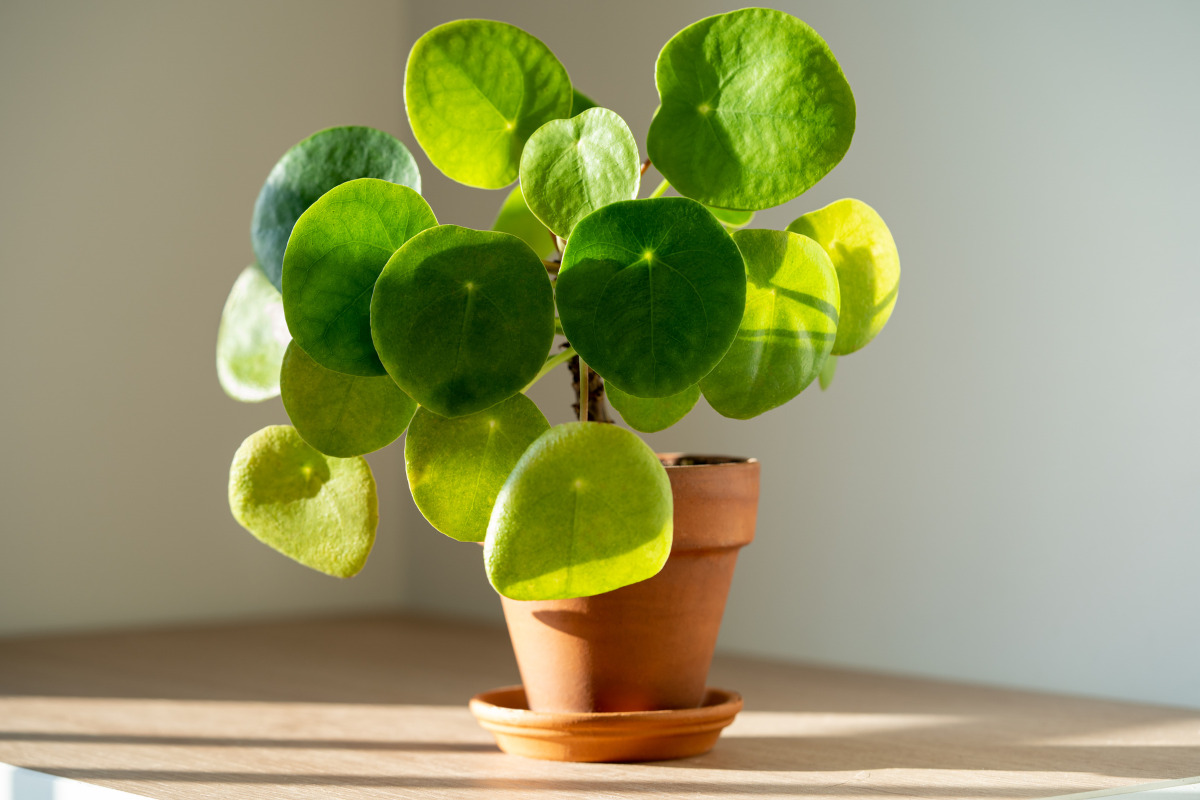
Table of Contents
The Chinese money plant, commonly known as “Pancake Plant”, “UFO Plant” or “Coin Plant” is often associated with good luck and prosperity, as its coin-shaped leaves resemble the shape of money. It’s believed to bring good luck and prosperity, which is why it’s also known as the “money plant.”
Keep reading to find out more on how to grow and care for the Chinese money plant so that you can attract wealth and prosperity to your home.
About Chinese Money Plant
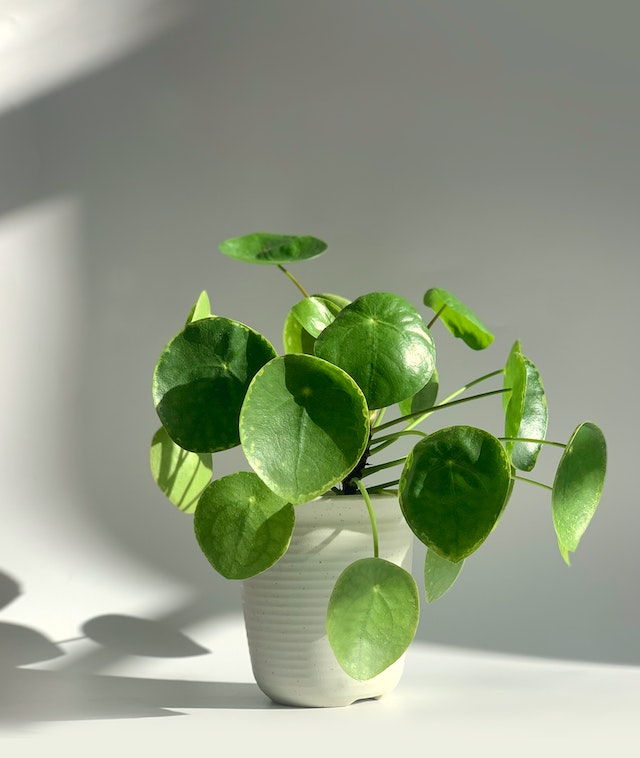
The Chinese money plant, also known as Pilea peperomioides, is a tropical perennial plant native to the Yunnan province of China. The plant is known for its unique round, coin-shaped leaves that are typically a bright green color. The Chinese money plant is a popular houseplant due to its hardiness and ease of care. It can grow well in low to medium light conditions and is drought-tolerant, making it a great choice for those who may not have a green thumb.
The Chinese money plant can grow to be about 18 inches tall and wide, and it produces small, inconspicuous flowers in the spring or summer. One of the most interesting features of the Chinese money plant is that it produces offsets, or “pups,” which can be easily propagated and shared with friends and family.
In Chinese culture, the round shape of the leaves is believed to symbolize fullness and completeness, while the green color represents growth and abundance. It’s also said to bring positive energy to the home and to attract wealth, making it a popular choice for businesses and households.
The Chinese money plant also symbolizes good health and happiness, making it a good choice as a gift for someone who has just moved into a new home, or as a housewarming present. It’s also a popular choice for feng shui, as it’s believed to bring positive energy and balance to the home.
Chinese Money Plant – Maintenance and Care
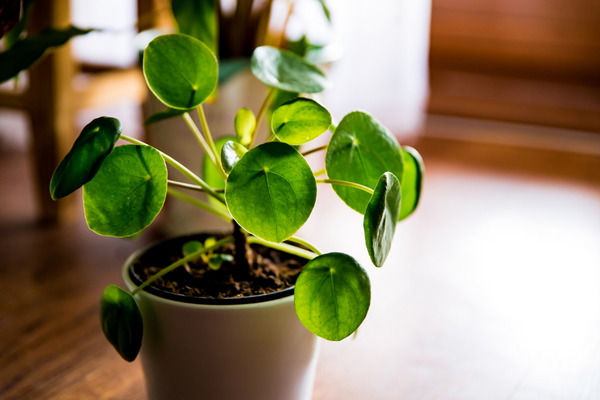
Remember to consider the following when growing and caring for the Chinese money plant.
Sunlight
Chinese money plant enjoys light to medium indirect sunlight. In direct or harsh light, its leaves tend to burn. Just keep changing its position regularly to keep it symmetrical.
Soil
A soil type with pH levels between 6 and 7 is ideal. Grow this plant in a well-draining, rich, organic potting mix, preferably coir-based or pea-based.
Water
The Chinese money plant likes water, but excessive water can rot the roots. It needs more water in summer. During winter, water it well when it is nearly dried out and leaves begin to droop. Prevent waterlogging to keep it fresh and healthy.
Temperature and Humidity
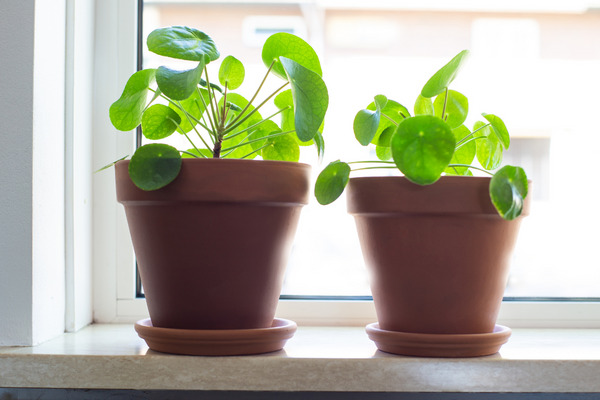
The average room temperature and humidity will be perfect. It is better to keep your Chinese plant away from excessively dry conditions, like keeping it away from heating vents.
A minimal exposure to cold in winter months helps your Chinese money plant to flower. However, take care if the temperature goes below 50 degrees Fahrenheit.
Keep your Chinese money plant in around 40% humidity throughout the year. Long periods of dryness can cause their leaves to dry out and fall off
Fertilizer
A balanced, all-purpose fertilizer gives the best results when used monthly during the spring and summer seasons. These fertilizers instantly mix with water and become ready to get absorbed by roots.
But at the same time, this dilution causes the balanced- fertilizers to soon wash away and this poses a need to layer more fertilizer within a few weeks. Fertilizer should be used every four to six weeks from early spring till summer. Remember not to fertilize during the fall and winter months, as the plant is dormant in these seasons.
Some slow-release fertilizers that are available in the form of pellets or sticks can be used for fertilization. But they carry high amounts of nutrients that are not needed for this small houseplant.
Stop fertilizing anymore once the summer season is about to end. The main reason is that your Chinese money plant slowly goes into dormancy in fall and winter and fertilizing during this time causes root burn because of salt build-up in the roots.
Best Time for Planting
There is no specific time for plantation but planting during spring would be the most suitable option.
Chinese Money Plant – Variations and Varieties
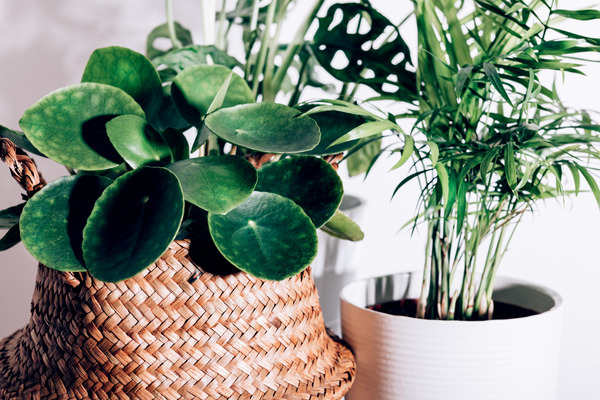
There are no prominent varieties of the Chinese money plant. However, some other species that are commonly referred to as the money plant are:
1. Hydrocotyl Vulgaris
Also called marsh pennywort, it is native to North Africa and Europe. It is an aquatic plant with coin-shaped round leaves.
2. Epipremnum Aureum
This is a variety of pothos known as Devils’ Ivy and is a great indoor plant.
3. Crassula Ovata
Commonly referred to as jade plant or money tree, this is a succulent plant native to South Africa.
How to Grow a Chinese Money Plant
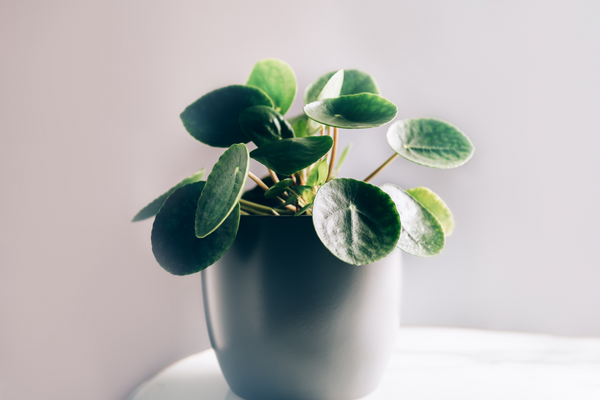
The best and easiest way to grow a Chinese money plant is to separate off-shoots from the mother plant. You can find these off-shoots on the root system and on stem nodes at the spot where the old leaves have fallen off.
Follow the given steps to grow the Chinese money plant from off-shoots:
- Take a clean knife or a pruner. Gently expose the root of the offshoot by digging around the soil.
- Select one to two inches of root to cut.
- Cut the selected part and quickly transfer it into another vessel containing some moist soil.
- Water the soil just to keep it moist and not waterlogged. Do this until a new root system begins to grow in a new pot.
- Follow and continue the watering and fertilization schedule that is explained above.
Potting and Repotting Chinese Money Plant
Chinese money plants should be repotted once every year in the spring and summer months in a relatively bigger pot size. Use a pot with a good drainage system. The material of the pot can be ceramic or plastic. But with a terracotta pot material, you may need to increase the watering frequency, as some water is absorbed by this pot material.
Common Pest Infestations
When grown indoors, the Chinese money plant is affected by the same pests that affect usual houseplants like spider mites, fungus gnats, aphids, and mealybugs. Usually, such pests can be removed by applying horticulture oils or insecticidal soaps if the infestation is larger.
Issues With the Leaves of Chinese Money Plant
While the Chinese money plant is easy to grow and take care of, it reacts to slight changes in watering habits or light exposure. Here are some problems related to leaves.
Discoloration of Leaves
Your Chinese money plant would tell you about any unpleasant environmental change with the change in leaf color. Here’s a look at the various color changes that can occur, what causes them, and what to do about them.
| Symptoms | Causes |
| Brown Leaves | Because of exposure to excessive direct sunlight. It thrives in bright indirect light, and harsh direct light makes its leaves dull and brown. |
| Yellow or Brown Leave Edges | Indicates low humidity of the environment where the plant is placed, meaning the plant is placed at a dry place that harms the plant’s health, and leaves may fall off. |
| Yellow leaves | Occur usually due to excessive watering or waterlogging, which eventually leads to fallen leaves. |
| Wilting | The plant’s leaves tend to droop or wilt mostly because of underwatering, but also sometimes overwatering can be the cause. |
| Curling up of Leaves | The edges of this plant begin to curl up due to multiple reasons like overly elevated room temperature, too dry or less humid environment, too much or too little watering, or simply irregular watering habits or getting insufficient bright indirect light. Sometimes the leaf curl may occur due to direct intense cold or hot winds. So do not place your pancake plant open the window. |
Frequently Asked Questions on Chinese Money Plant
The Chinese money plant, also known as Pilea peperomioides, is a tropical perennial plant native to the Yunnan province of China.
Chinese money plants prefer bright, indirect light and well-draining soil. Water the plant when the top inch of soil is dry.
You should water your Chinese money plant when the top inch of soil is dry. Overwatering can lead to root rot.
Chinese money plants can be propagated by taking stem cuttings and rooting them in water or soil.
If the leaves of your Chinese money plant are turning yellow or pale, it may not be getting enough light. Move the plant to a brighter location.
Yes, Chinese money plant is well suited to indoor growing. They prefer bright, indirect light and well-draining soil.
Common pests that can affect Chinese money plant include spider mites and mealybugs. Diseases such as root rot can occur if the plant is overwatered.
Wrapping Up
The Chinese money plant is great to plant to have indoors. It’s easy to grow and can easily be propagated using its young shoots. It is believed to be a symbol of wealth and prosperity to your home and is a great plant to grow for yourself or a gift to friends and family. Now that you know quite well how to grow and care for Chinese money plant, how about you give this plant a try and see how the good will follows?






